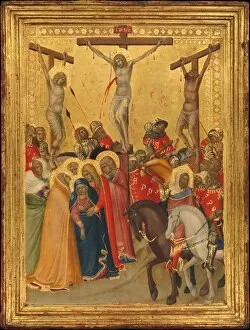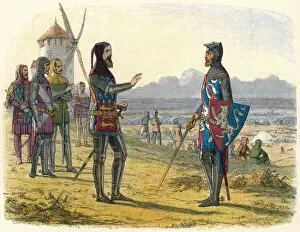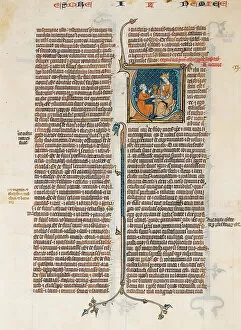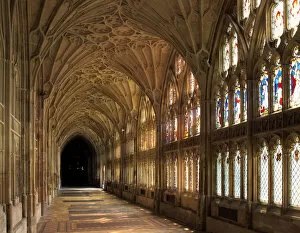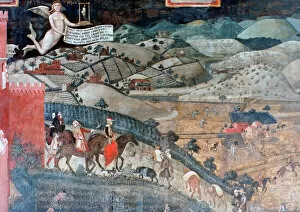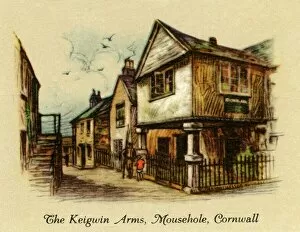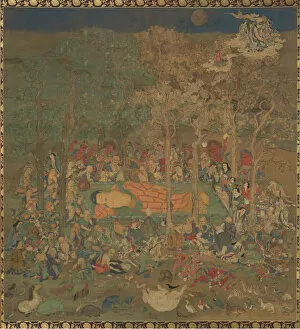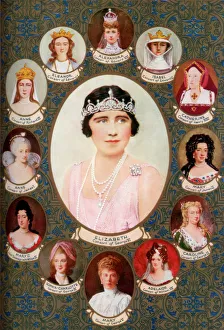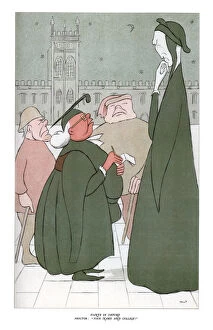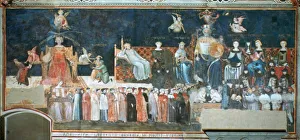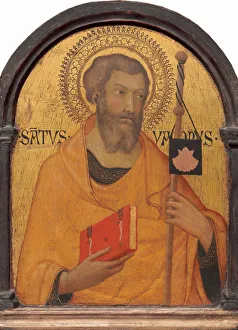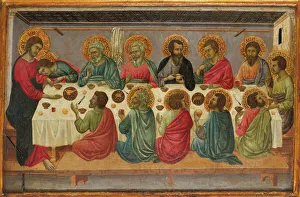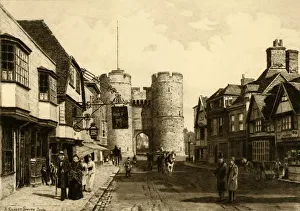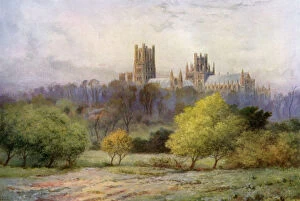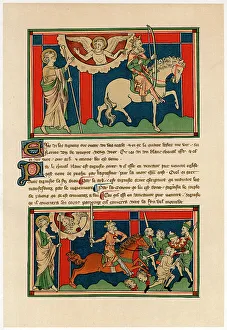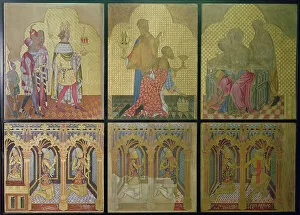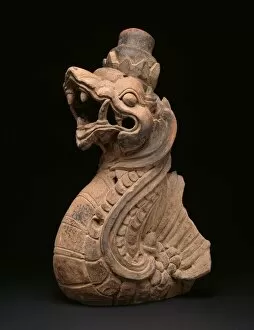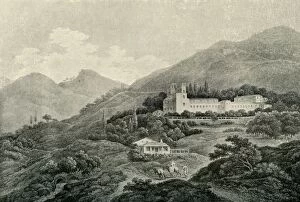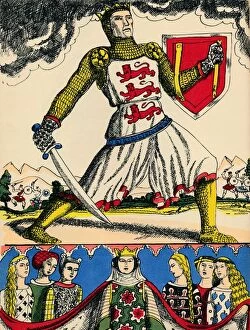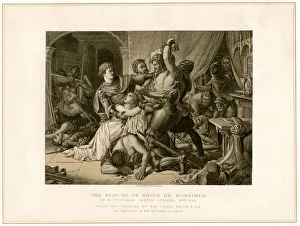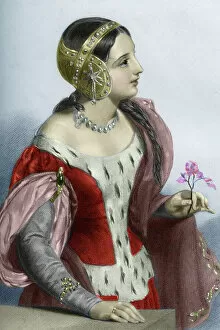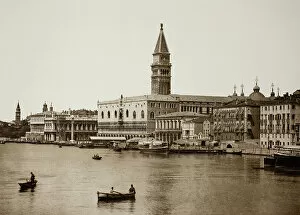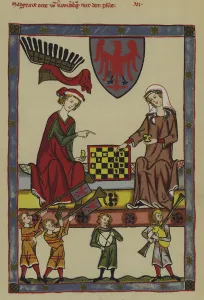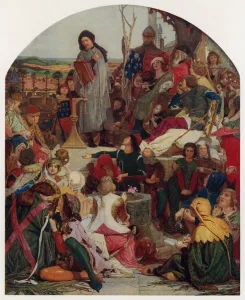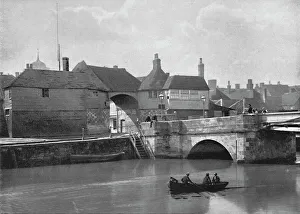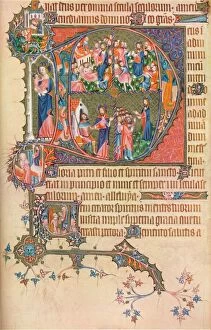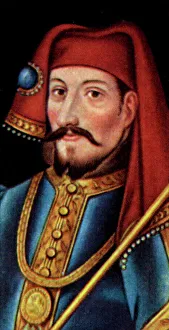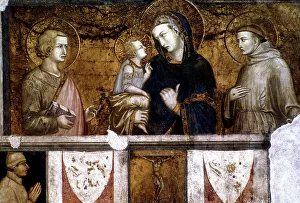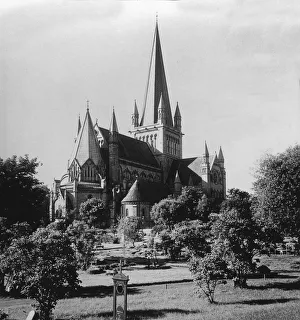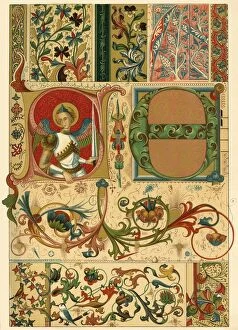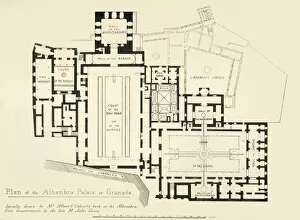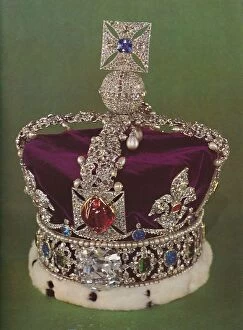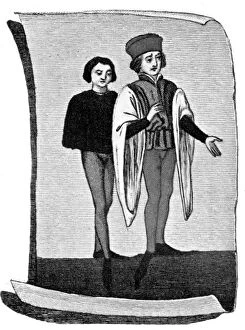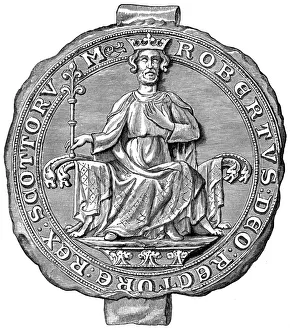Fourteenth Century Collection
The fourteenth century was a time of great artistic and historical significance, as depicted in various works of art and historical events
All Professionally Made to Order for Quick Shipping
The fourteenth century was a time of great artistic and historical significance, as depicted in various works of art and historical events. In the Manuscript Leaf with Opening of The Book of Nehemias, we catch a glimpse of the exquisite craftsmanship that characterized French Bibles during this period. Dating back to around 1280-1300, it showcases the meticulous attention to detail and devotion to religious texts. Moving forward in time, Mother Julian's presence in 1912 reminds us of the spiritual figures who emerged during this era. Her teachings on divine love and compassion continue to inspire generations even today. Meanwhile, The Keigwin Arms in Mousehole, Cornwall takes us back to 1936 when local pubs served as social hubs for communities. This charming establishment reflects the architectural style prevalent during that time while evoking a sense of nostalgia. In contrast, James William Edmund Doyle's painting Edward refuses succour to his son at Crecy transports us into one of history's most significant battles - Crecy in 1346. It captures the tension between father and son amidst war but also serves as a reminder of how conflicts shaped medieval Europe. Artistic masterpieces like Ambrogio Lorenzetti's The Effects of Good Government in the Countryside further illustrate societal values during this period. Painted between 1338-1340, it portrays an idealized rural landscape governed by justice and harmony – an aspiration for many societies throughout history. Pietro Lorenzetti's The Crucifixion from the same decade delves into religious themes with its poignant depiction of Christ on the cross. Its emotional intensity resonates across centuries, reminding viewers about faith's enduring power. Chirk Castle stands tall as a testament to fourteenth-century architecture found in Wrexham, Wales. Built around 1295 CE by Roger Mortimer de Chirk under King Edward I’s orders; it represents both strength and elegance through its fortified structure.

